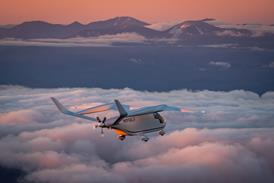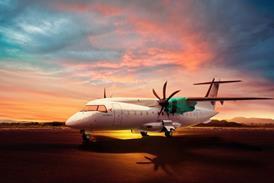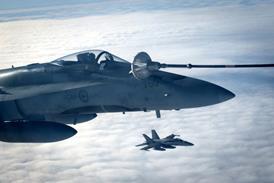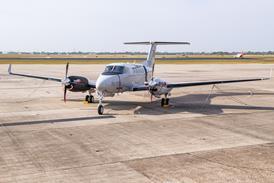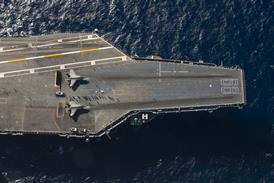|
|
|
Electronic Plan Successful tests have been concluded by the Joint Numerical Weather Prediction Service at Suitland, Maryland, using an electronic computer to calculate the best |
|
Philippines Visit Canberras of No. 9 Squadron R.A.F. Bomber Command, are to pay a goodwill visit to Manila, in the Philippines, between April 12th and 16th, landing at the U.S.A.F. base at Clark Field. On March 15th the first group, led by S/L. L. G. Bastard, the C.O., left R.A.F. Binbrook for a three months’ anti-bandit tour in Malaya. |
P.1 With Reheat Speaking at the general meeting of the English Electric Co. Ltd, on March 15th, Sir George H. Nelson, Bt., chairman and managing director, said that the first prototype P.1 fighter recently flew for the first time with reheat, and that it would be flying at “still higher speeds” during current trials. Company pilots who had flown the aircraft reported that it had no vices and was very pleasant indeed to fly. The two P.1 prototypes, said Sir George, had now completed 300 flights. |
|
Capt. Westervelt It is reported from Florida that Captain George Westervelt, U.S.N. (Ret.), who played an important part in the design of the NC-4 flying boats, died on March 16th at the age of 75. The NC-4 boats made the first transatlantic crossing in May 1919. Captain Westevelt was in charge of all U.S. Navy aircraft construction during World War 1. |
Source: Flight International


